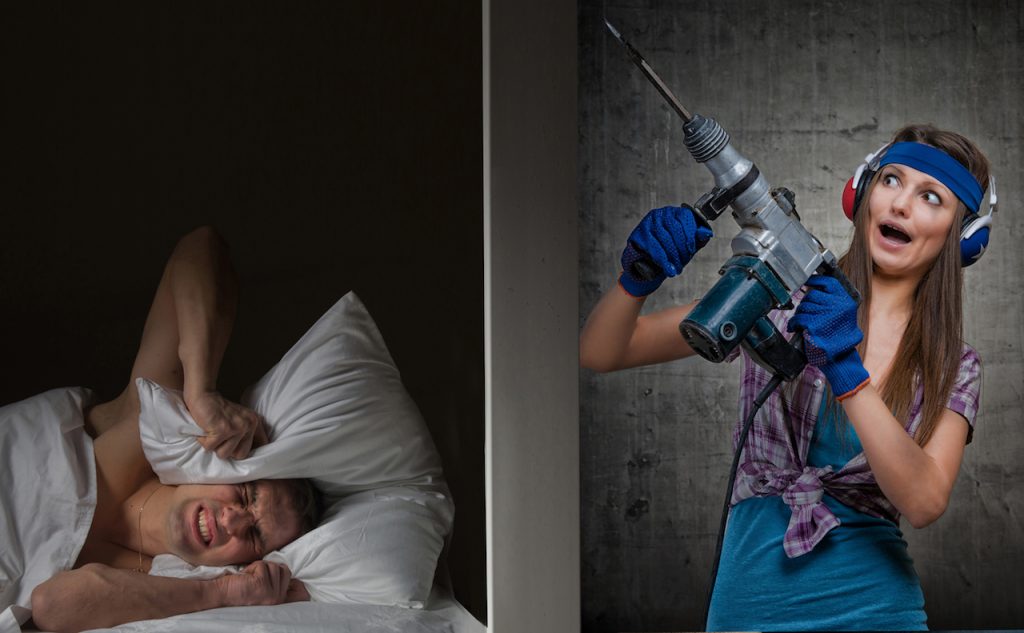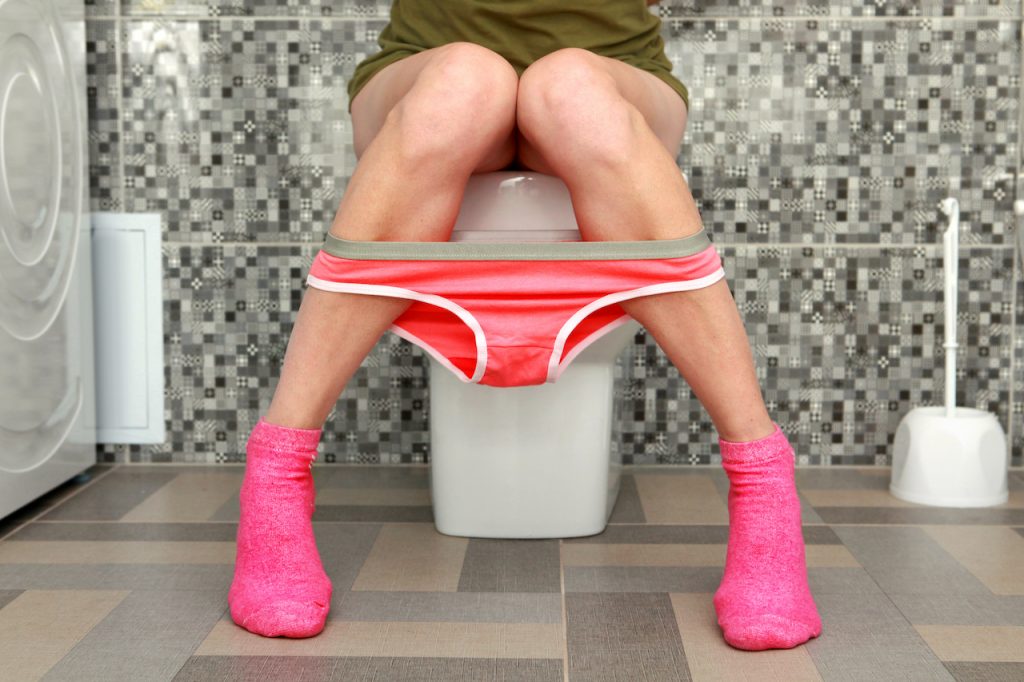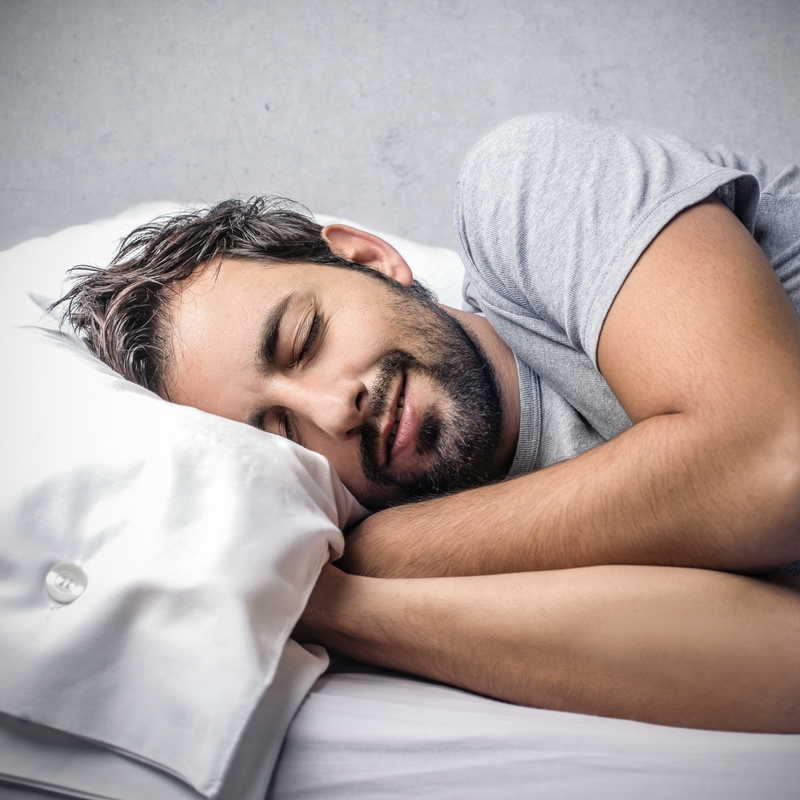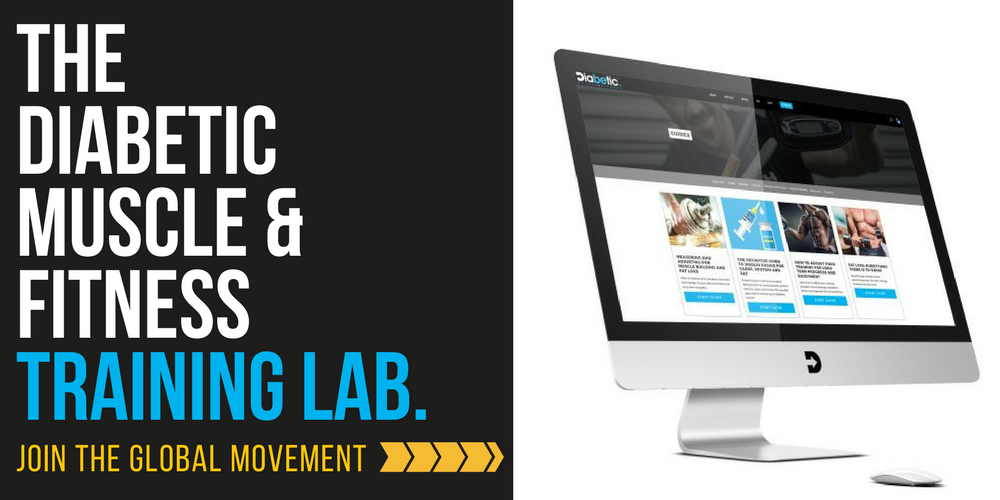What you’re about to get into?
1094 words, 10-minute read.
Key Points
- There is no doubt about it – Sleep is a prerequisite to high-performance living. Skip it at your peril.
- Sleep in the darkest environment possible.
- Enforce a technology ban at a certain time every night.
- Take advantage of modern-day apps that filter blue light, if you need to work on a computer late in the evening.
- Do your best to avoid strength training right before bed.
‘I’ll sleep when I’m dead’…
LOL – Good luck – you’ll die quicker without it!
Sleep is a prerequisite to high-performance living.
Sleep hygiene, as the name implies, equates to ‘clean uninterrupted flawless sleep’.
In order to achieve good sleep hygiene, you must focus on building consistent habits and practices that are conducive to sleeping well.
Most people’s sleep environment is far from optimal.
Whilst some sleep disorders are outside your control such as shift work, sleep apnea and the neighbour’s dog barking its f****ing head off, there are many other factors negatively affecting sleep but which develop from environmental factors within our control.
Check out these 7 key tips you can use (as of today) to improve and maintain your sleep hygiene.

1. Buy a pair of blackout blinds and don’t sleep with the light on.
Make your sleep environment like a bat cave.
The hormone melatonin is linked to a series of biological processes that recur naturally on a twenty-four-hour cycle, even in the absence of light fluctuations known as the circadian rhythm. These include darkness related behaviours such as sleep initiation and a decrease in body temperature and mental alertness.
The production of melatonin is primarily controlled by an enzyme called AANAT. The production of melatonin is blocked by light very quickly, as AANAT activity decreases by 50% every 3 minutes after the introduction of light. This is why exposure to light is so detrimental to you getting a good night’s sleep. Melatonin is great at getting you to sleep, but won’t keep you asleep once you’re there.
It is important to stress that, whilst melatonin prepares the body for sleep and helps to maintain sleep once it is initiated, it is not a sleep hormone/sedative or hypnotic.
2. If toilet breaks are interfering with your sleep during a fat loss phase, consume the bulk of your carbohydrates and sodium towards bedtime.
This useful strategy is more typically used with athletes and individuals taking part in physique competitions.
Anyone who has dieted to an ultra-low level of body fat is susceptible to more toilet trips during the middle of the night. These can result from several factors, such as lower levels of muscle glycogen (stored carbohydrate), loss of sodium loss through sweating and increased use of stimulants with diuretic properties like caffeine, green tea, and coffee etc.
Both carbohydrates and sodium are osmolytes, meaning they attract and retain water.
Carbohydrates retain x4 times their weight in water, whilst sodium retains an astonishing x50 times its weight. Carbohydrates are typically eaten in larger amounts compared to sodium, meaning more can be consumed.
Although there appears to be no current research on this strategy, if you consumed the bulk of your carbohydrate and sodium later in the evening it would help retain fluid before bed, and so potentially reduce the number of toilet breaks throughout the night.
Anecdotally, having worked with many bodybuilders and physique competitors, this strategy has worked well for many. The effects are more noticeable with high carb/sodium-rich cheat meals like pizza consumed before bed. However, this may prove problematic for blood glucose management.

That being said, brief awakenings happen.
Sleep is cyclical, so waking up very briefly during the night is to be expected. Sometimes you’ll be more aware of it than other times, especially if your cortisol is high, but follow the rules of step one and you should get back to sleep.
3. Eliminate Blue Light.
Electronic devices such as phones, TVs and computers all have screens which emit predominantly blue light.
If you can’t get a blue light filter on your phone (most major operating systems are bringing them in) minimise the amount of time you spend looking at it, and completely stop looking at screens at least an hour before bed to give the melatonin concentration time to build up.
Check out these apps which automatically pull blue light from your screen, come evening time, in preparation for bedtime.
Mac Users -> https://justgetflux.com/
Android Users -> https://play.google.com/store/apps/details?id=com.urbandroid.lux&hl=en_GB
The iPhone has a built-in nighttime setting – set it to a time that suits you.

4. Avoid Caffeine after 5-6 pm.
Caffeine is a stimulant – it will keep you awake, plain and simple.
It has the ability to reduce or eliminate the feelings of fatigue by blocking adenosine receptors. As adenosine is involved in the initiation of ‘deep’ sleep, this is not a great thing to happen before you go to bed.
Individual clearance of caffeine varies, with some studies showing a half-life (concentration dropping by 50%) of between 1.5 – 9.5 hours. With that in mind, monitor your caffeine intake and eliminate it in the afternoon to ensure you can achieve proper deep sleep.
De-caff, unfortunately, might have to be an option! The struggle is real.
5. Avoid High-Intensity Exercise Before Bed.
High-intensity exercise, like weight training or interval training, stimulates the production of various stress hormones, all of which serve the purpose of increasing mental clarity and awareness.
Performing such activities within a few hours before bed is not ideal, and will, without question, reduce sleep quality. The best time to train in my honest opinion is first thing in the morning. The stress hormone response dampens across the day and reaches its lowest point later in the evening, naturally in line with a working day, like it should.
6. Avoid Evening Naps
While napping can prove useful during the day, napping within a few hours of going to bed is a bad idea.
How many times have you tried this and then found returning to sleep difficult?
Doing a lot of travel, I’ve found the best thing to do in this case is either:
A) go to bed super early and wake up when you wake up, and proceed with your day,
or,
B) hold off sleeping (without stimulants) until you reach a state of exhaustion.
These simple strategies will allow you to get the most out of your sleep!
7. Chill the F**K out
Horror movies and anxiety before bed aren’t a good mix.
They stress the system and drive up the production of stress hormones which, as mentioned earlier, increase mental alertness and prevent you from falling asleep. Your body doesn’t know the difference between a real vs perceived threat.
Take time to unwind before bed, read, meditate or make love to your significant other.
Avoid spiking your heart rate and priming your system for fight or flight.
So there you have it,
“Sleep hygiene is the key to sweet dreams”
Don’t use the bed for anything but sleep (and sex!)

Want to learn more?
If you found this article interesting. You’ll love The Definitive Guide to Sleeping Better for Health, Strength and a Better Looking Physique inside the Diabetic Muscle and Fitness Training Lab. The guide goes into super depth on the science of sleep and includes over 4 hours of video presentations, detailed articles and multiple resources to help you sleep better.
It will add immense value to your diabetes management, health, muscle building and fat loss efforts. Click here to join today and claim 2 months free membership and a free training tee and Diabetic Muscle and Fitness protein shaker!
Written by Phil Graham
Founder of Diabetic Muscle and Fitness
Sports Nutritionist, Strength Coach, and Fitness Educator
Type 1 Diabetic for 12 years


